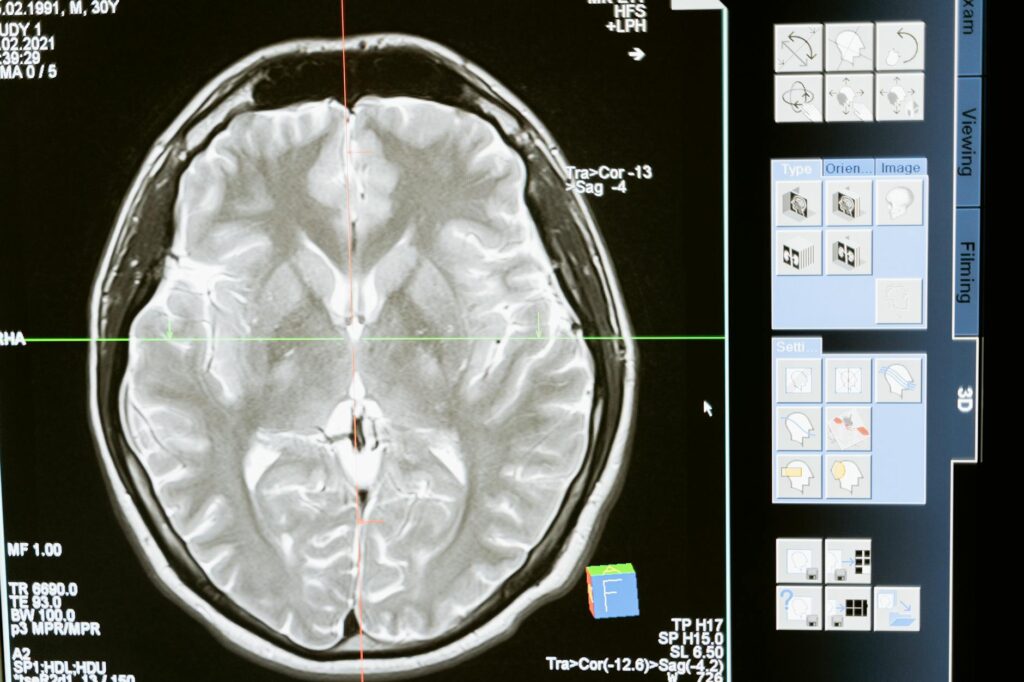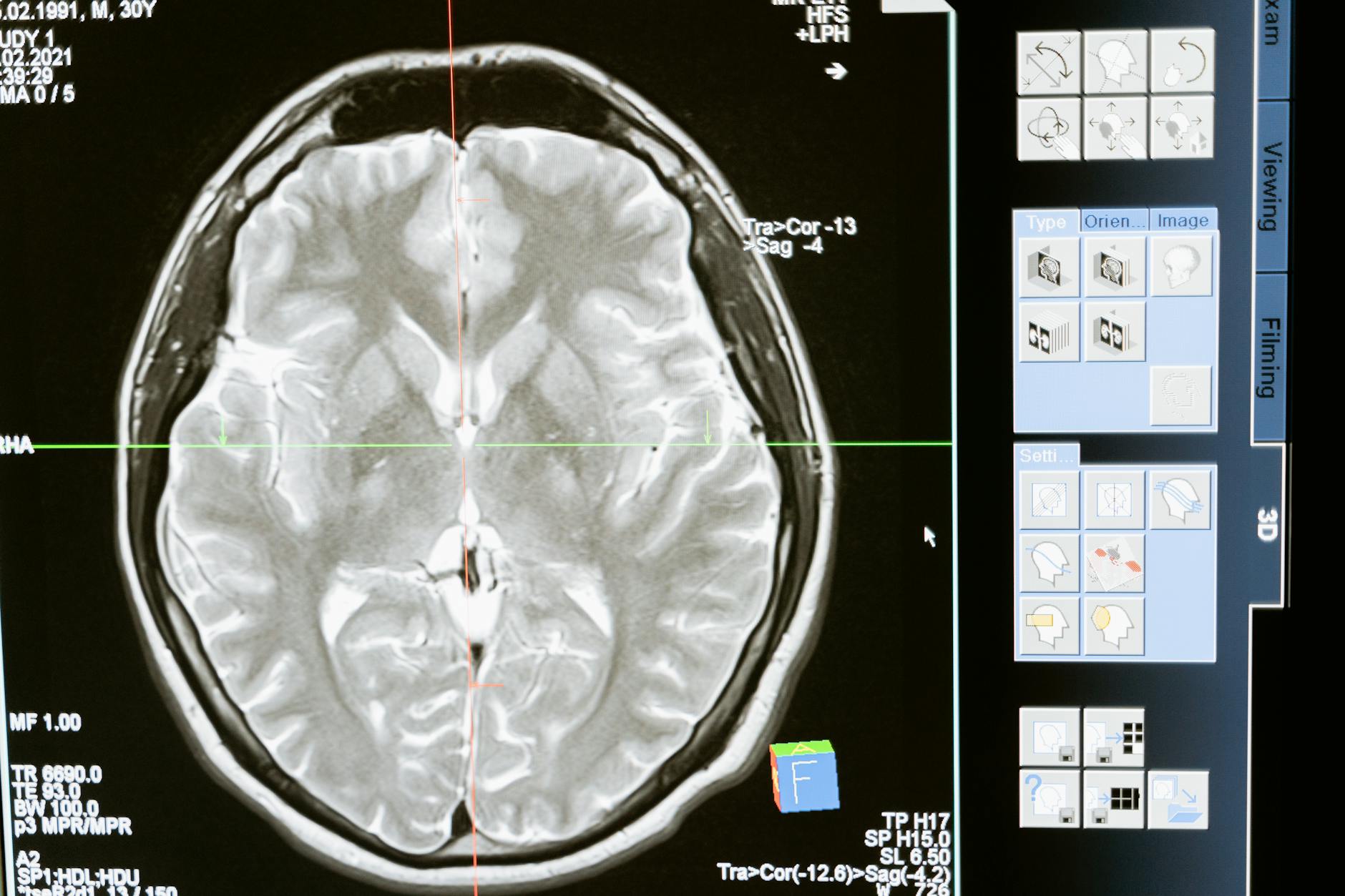What is brain mapping?

What is brain mapping?
Brain mapping is a fascinating technique that allows us to visualize and understand the intricate workings of the human brain. Imagine a map that outlines not just the geography of a land, but also the paths, connections, and potential of every individual’s mind. This powerful tool is significant not only for neuroscience but also for personal development, helping us to unlock our cognitive potential and enhance our everyday functioning.
Understanding Brain Mapping
At its core, brain mapping refers to the various methods used to visualize and interpret brain structure and function. It encompasses a range of neuroscience techniques that reveal how different regions of the brain interact, their roles in various cognitive processes, and how they influence behavior. The significance of this approach lies in its ability to bridge the gap between complex neurological research and practical applications in daily life.
For those interested in the foundations of brain mapping, you can explore additional insights in this NCBI resource.
The Science Behind Brain Mapping
The neurological mechanisms involved in brain mapping are both intricate and awe-inspiring. One key concept is brain plasticity, which refers to the brain’s ability to reorganize itself by forming new neural connections throughout life. This adaptability is crucial for learning and recovery from injuries. Understanding how plasticity works can help us harness our brain’s capabilities effectively, aiding in personal growth and rehabilitation.
Techniques Used in Brain Mapping
There are several techniques used in brain mapping, each offering unique insights into brain function:
- Functional Magnetic Resonance Imaging (fMRI): This non-invasive imaging technique measures brain activity by detecting changes in blood flow, providing a real-time look at what regions of the brain are involved in specific tasks.
- Electroencephalography (EEG): EEG captures electrical activity in the brain through sensors placed on the scalp, making it particularly useful for diagnosing conditions like epilepsy.
- Positron Emission Tomography (PET): This imaging technique uses a radioactive tracer to visualize metabolic processes in the brain, helping identify issues such as tumors or Alzheimer’s disease.
For a deeper dive into these techniques, the Functional Imaging and Related Techniques article provides excellent context.
Applications of Brain Mapping
Brain mapping is not just a tool for scientists; its applications extend to various fields, including psychology, education, and productivity.
In Education and Learning Strategies
Understanding how the brain processes information can drastically improve educational strategies. Brain mapping techniques can inform personalized learning plans, helping educators tailor their approaches to fit the unique cognitive profiles of their students. By identifying how individuals learn best, we can enhance study habits and learning efficiency.
In Mental Health and Therapy
In the realm of mental health, brain mapping plays an essential role in diagnosing and treating disorders. By visualizing brain activity patterns, practitioners can better understand issues like anxiety, depression, and ADHD. Techniques such as neurofeedback use brain mapping data to help patients retrain their brain activity, leading to more effective treatment outcomes. For more insights on this, check out the role of brain mapping in personalized mental health care.
The Benefits of Brain Mapping for Personal Development
Brain mapping is a powerful ally in the journey of self-improvement. By gaining insights into how our brains function, we can make informed decisions that enhance our daily lives.
Enhancing Time Management
Have you ever wondered why some tasks seem to take longer than others? Brain mapping can help identify your personal strengths and weaknesses in time management. By understanding your cognitive patterns, you can allocate your time more efficiently, focusing on tasks when your brain is most alert.
Improving Work-Life Balance
Understanding brain functions can also foster a better work-life balance. Brain mapping might reveal areas where stress accumulates, allowing you to implement strategies to manage it effectively. This awareness can lead to more mindful choices, promoting overall well-being.
Future Trends in Brain Mapping
As technology continues to advance, the future of brain mapping looks promising. New tools and techniques are emerging that could revolutionize how we understand the brain.
Innovations in Neurotechnology
Innovative approaches are on the horizon, such as brain-computer interfaces (BCI) that could allow direct communication between the brain and external devices. These advancements might enable us to manipulate technology with our thoughts, opening up a realm of possibilities for personal and professional growth.
Implications for Personal and Professional Growth
The continuous evolution of brain mapping technologies will likely provide individuals with deeper insights into their cognitive functions. This knowledge can empower you to seek tailored strategies for both personal development and career advancement, ultimately improving your quality of life.
For anyone keen on the future of neuroscience, articles such as Top 5 Trends in Neuroscience You Need to Know in 2024 offer exciting perspectives on upcoming advancements.
Conclusion
In summary, brain mapping is more than just a scientific tool; it’s a gateway to understanding ourselves better. By leveraging the insights gained from brain mapping, we can enhance our productivity, improve our mental health, and foster personal growth. Embracing these techniques in our daily lives could lead to transformative changes, making us not only more aware but also more effective in our personal and professional endeavors. So, why not start exploring the potential of brain mapping today?

Photo by MART PRODUCTION